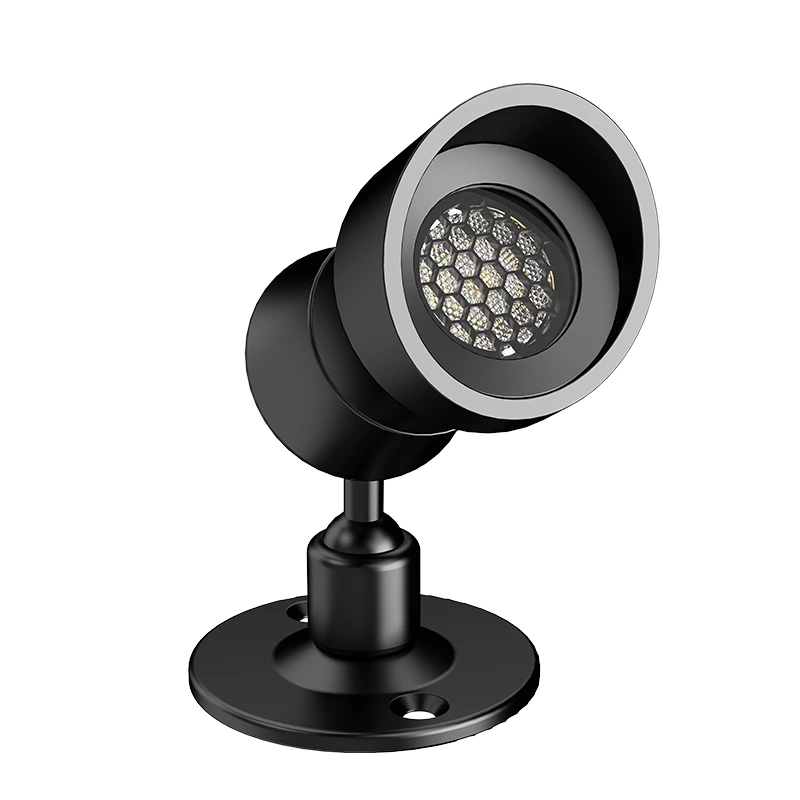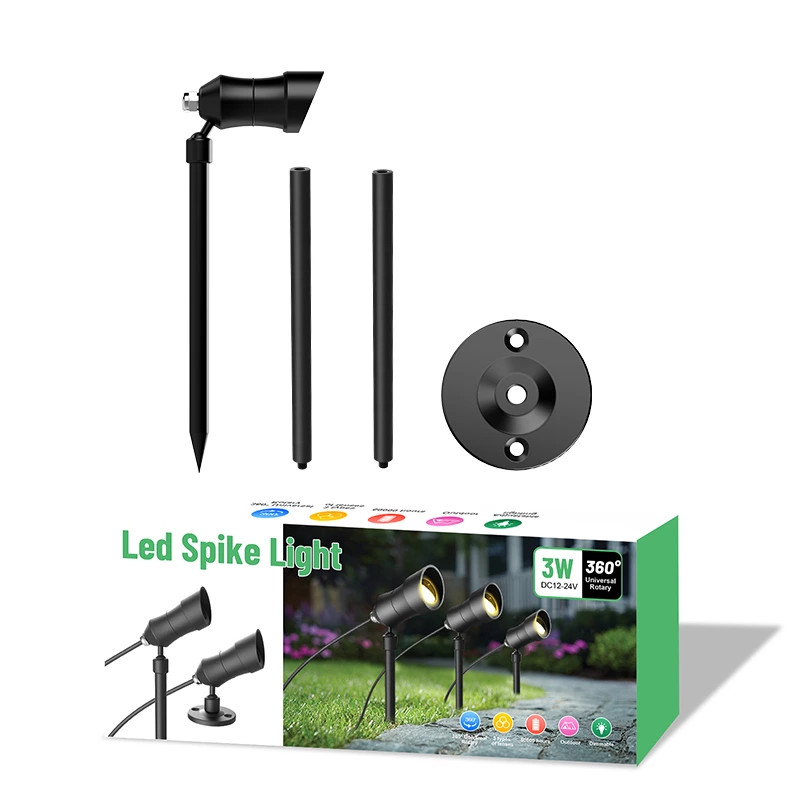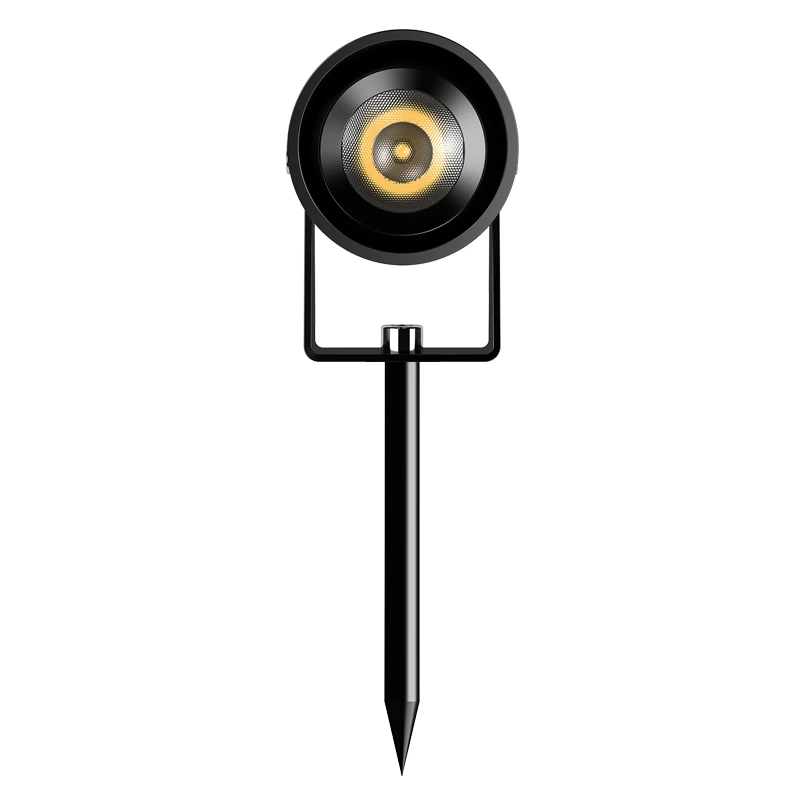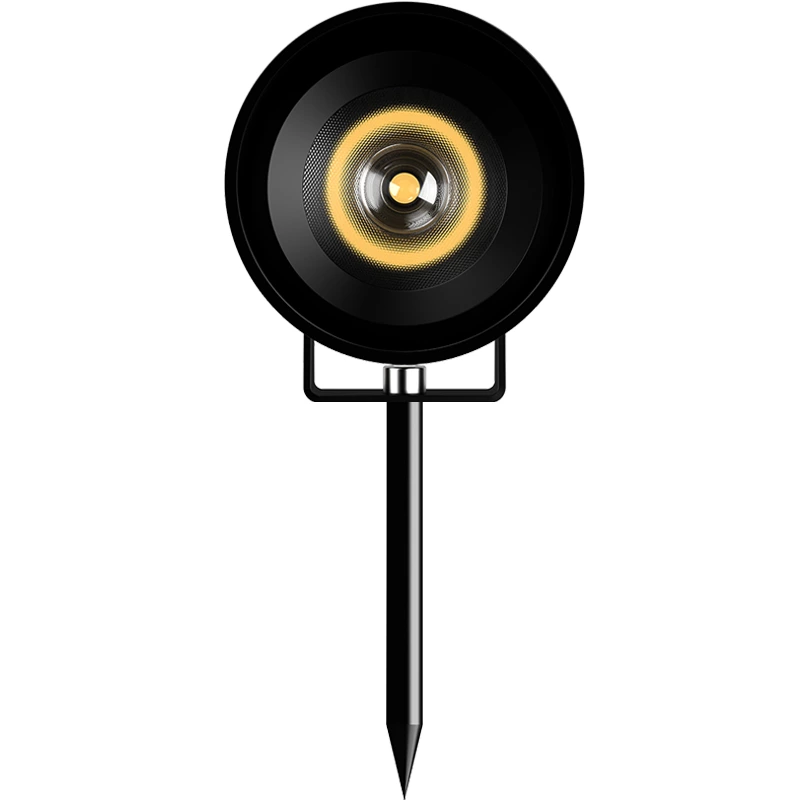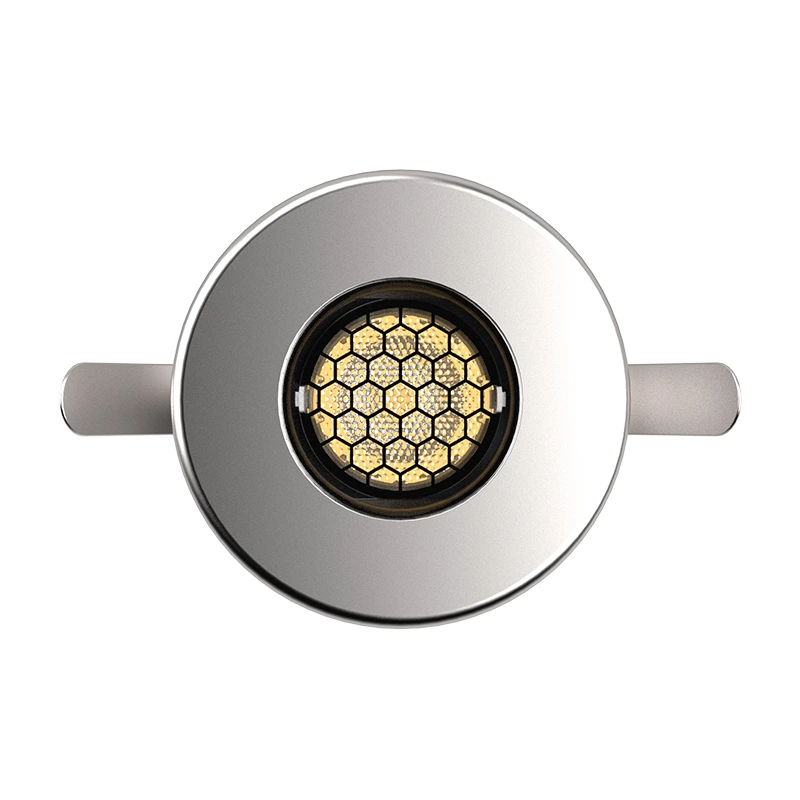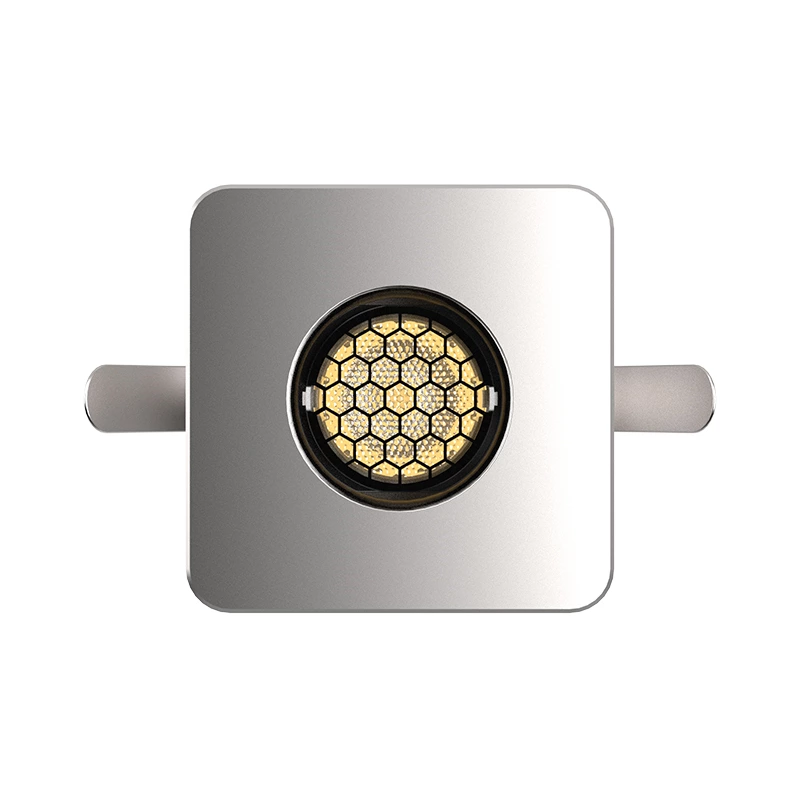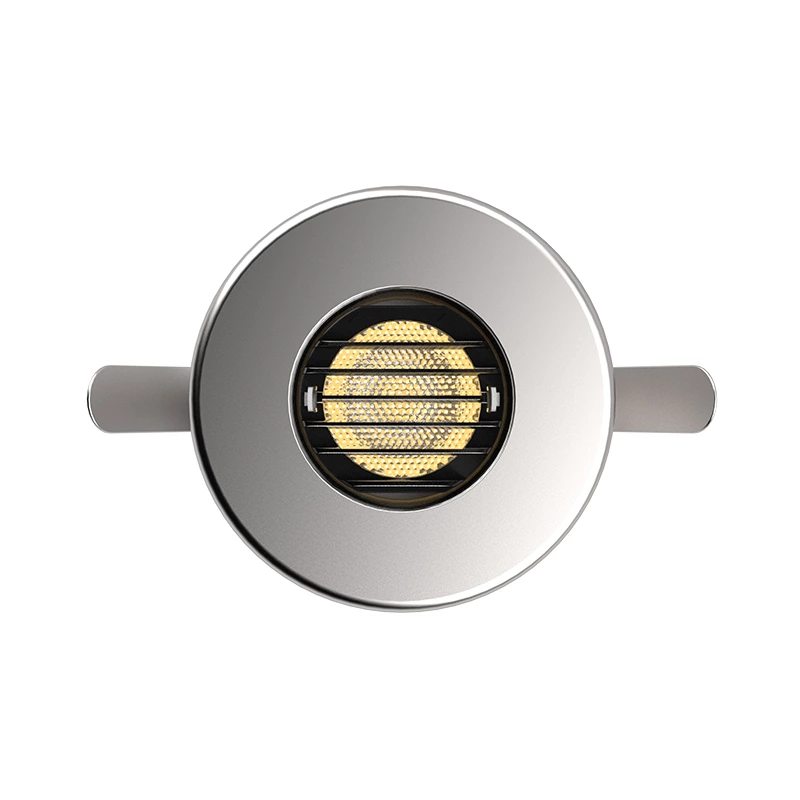What is difference between FPC, PCB and FR-4?
FPC (Flexible Printed Circuit)
Flexible circuits (also variously referred to around the globe as flex circuits, flexible printed circuit boards, flex print, Flexi-circuits) are members of electronic and interconnection family. They consist of a thin insulating polymer film having conductive circuit patterns affixed thereto and typically supplied with a thin polymer coating to protect the conductor circuits. The technology has been used for interconnecting electronic devices since the 1950s in one form or another. It is now one of the most important interconnection technologies in use for the manufacture of many of today’s most advanced electronic products.

In practice, there are many different kinds of flexible circuits, including one metal layer, double-sided, multilayer and rigid-flex circuits. The circuits can be formed by etching metal foil cladding (normally of copper) from polymer bases, plating metal or printing of conductive inks among other processes. Flexible circuits may or may not have components attached. When components are attached, they are considered by some in the industry to be flexible electronic assemblies.
Flexible printed circuits were originally designed as a replacement for traditional wire harnesses. From early applications during World War II to the present, growth and proliferation for flex circuits and flexible printed circuit boards continue exponentially. A flexible circuit in its purest form is a vast array of conductors bonded to a thin dielectric film.
From simple applications to the most complex, the versatility of flex circuits and flexible printed circuit boards is unmatched. Our motto is, “We Go Where Others Will Not..”Flexible Circuit Technologies is happy to take on any flex circuit or flexible printed circuit board design challenge that you bring, including automotive, medical, telecom, industrial or commercial… just to name a few.
Aluminum PCB (Aluminum Printed Circuit Board)
Aluminum Printed Circuit Boards Contain a Thin Layer of Thermally Conductive Dielectric Material that Transfers Heat. There are many names for these products; Aluminum clad, aluminium base, Metal clad printed Circuit Board (MCPCB), Insulated Metal Substrate(IMS or IMPCB), Thermally conductive PCBs, etc… but they all mean the same thing and perform the same way.
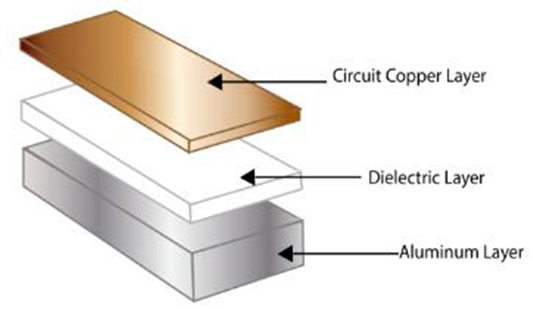
A thin layer of thermally conductive but electrically insulating dielectric is laminated between a metal base and a copper foil. The copper foil is etched into the desired circuit pattern and the metal base draws heat away from this circuit through the thin dielectric.
Benefits of Aluminum PCBs
● Heat dissipation is dramatically superior to standard FR-4 constructions.
● The dielectrics used are typically 5 to 10 times as thermally conductive as conventional epoxy-glass and a tenth of the thickness
● Thermal transfer is exponentially more efficient than a conventional rigid PCB.
● Lower copper weights than suggested by the IPC heat-rise charts can be used.
FR-4
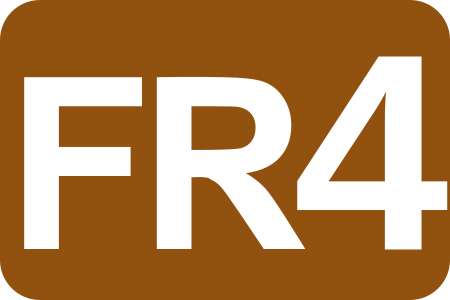
FR-4 (or FR4) is a grade designation assigned to glass-reinforced epoxy laminate sheets, tubes, rods and printed circuit boards (PCB).
FR-4 is a composite material composed of woven fibreglass cloth with an epoxy resin binder that is flame resistant (self-extinguishing).
“FR” stands for flame retardant and denotes that safety of flammability of FR-4 is in compliance with the standard UL94V-0.
FR- 4 was created from the constituent materials (epoxy resin, woven glass fabric reinforcement, brominated flame retardant, etc.) by NEMA in 1968.
FR-4 glass epoxy is a popular and versatile high-pressure thermoset plastic laminate grade with good strength to weight ratios. With near-zero water absorption, FR-4 is most commonly used as an electrical insulator possessing considerable mechanical strength. The material is known to retain its high mechanical values and electrical insulating qualities in both dry and humid conditions. These attributes, along with good fabrication characteristics, lend utility to this grade for a wide variety of electrical and mechanical applications.
NEMA is the regulating authority for FR-4 and other insulating laminate grades.
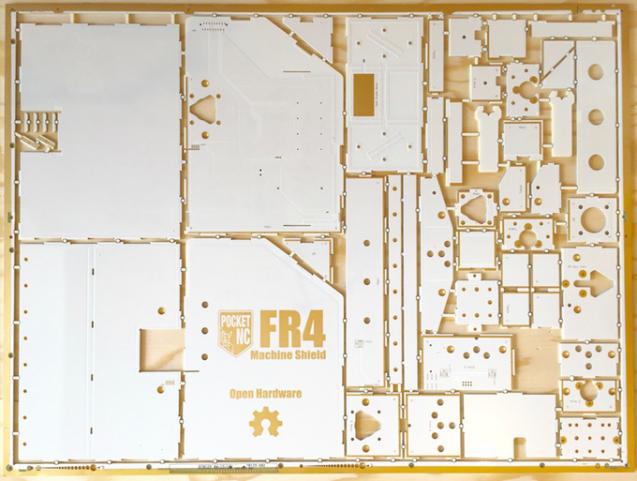
Grade designations for glass epoxy laminates are G10, G11, FR4, FR5 and FR6. Of these, FR4 is the grade most widely in use today.G-10, the predecessor to FR-4 lacks FR-4’s self-extinguishing flammability characteristics. Hence, FR-4 has replaced G-10 in most applications.
FR-4 epoxy resin systems typically employ bromine, a halogen, to facilitate flame-resistant properties in FR-4 glass epoxy laminates. Some applications where thermal destruction of the material is a desirable trait will still use G-10 non-flame resistant.
Aluminum PCB VS FR4
● Aluminum PCB bottom layer is aluminum,FR4 PCB bottom layer is copper.Aluminum dissipation is better than copper.So aluminum PCB dissipation is dramatically superior to standard FR-4 constructions.
● Aluminum price is lower than copper.So Aluminum PCB price is lower than FR4 PCB.
● Aluminum substrate is usually one side.But FR4 can do double sides.
● FR4 dissipation is lower compared to Aluminum,so FR4 is only suitable for low current application.Aluminum PCB can go to high current because of better dissipation.
● Aluminum PCB can be large current,so it’s not safe enough.For special application,we still need to consider to use FR4.

